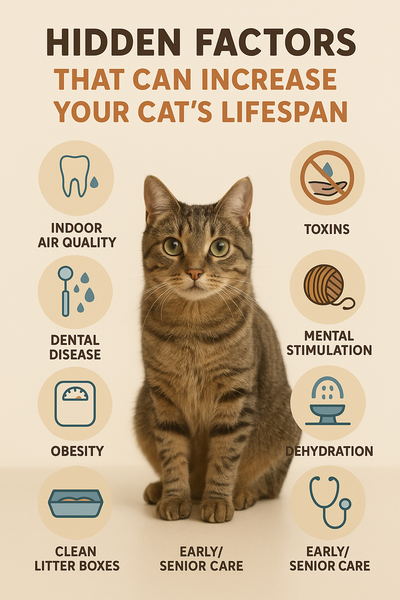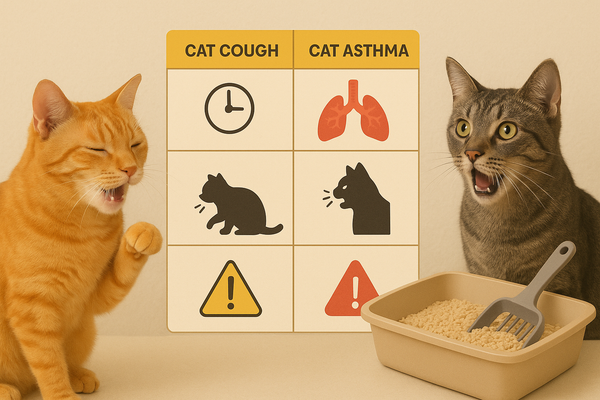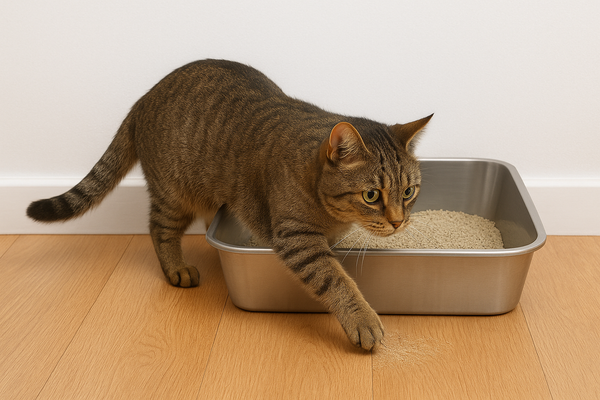
Cats often have a reputation for being aloof or independent, especially when compared to dogs. But any seasoned cat parent knows that felines are capable of deep affection—they just show it on their terms. If you’ve been wishing your cat was a little cuddlier or more emotionally present, don’t worry. With patience and the right approach, you can encourage even the most reserved kitty to open up.
Here’s how to help your cat become more affectionate—without pushing them too far out of their comfort zone.
1. Understand Your Cat’s Personality
Just like people, cats have different personalities. Some are naturally snuggly lap cats, while others prefer to show affection from a distance. Understanding your cat’s temperament is key to building trust.
💡 Tip: Watch your cat’s body language. Do they enjoy being petted? Do they lean into your hand or flinch away? Learn their comfort zones before trying to change behavior.
2. Respect Their Boundaries
Nothing turns a cat off faster than forced affection. If your cat walks away, hides, or swishes their tail in irritation, give them space. Forcing interaction can damage the trust you’re trying to build.
🧠 Think of it this way: Cats choose to be affectionate. If you give them freedom and respect, they’re more likely to come to you on their own.
3. Establish a Routine
Cats love routine. Feeding, playing, and petting them around the same time each day helps them feel safe and relaxed in your presence. A relaxed cat is more likely to be affectionate.
🕒 Try feeding your cat at consistent times, followed by play or quiet cuddle time. This predictability builds emotional security.
4. Engage in Positive Touch
When your cat is calm, gently pet them in spots most cats enjoy—like under the chin, behind the ears, or along the back. Avoid the belly unless your cat explicitly invites it.
📍 Favorite spots vary, but many cats dislike sudden movements or rough petting. Start slow and gentle.
5. Use Treats and Play to Bond
Positive reinforcement works wonders. Use treats or interactive play (like feather wands or laser pointers) to associate you with good things. Over time, your cat will seek you out for fun and comfort.
🎁 Bonus: Treats can be used to reward affectionate behavior—like sitting on your lap or coming when called.
6. Let Them Come to You
This is the golden rule of cat affection. Sit near your cat without engaging directly. Let them come over, sniff, and initiate contact. When they do, reward them with soft praise or a treat.
🙌 Remember: Affection from a cat is earned, not demanded. Let their curiosity and comfort guide the pace.
7. Create a Cat-Friendly Environment
A happy cat is more likely to be affectionate. Make sure your home has cozy resting spots, vertical climbing spaces, and safe areas where your cat can retreat when they need alone time.
🛋️ Comfortable cats are confident cats—and confidence breeds affection.
8. Talk to Them Softly
Cats respond to tone. Using a gentle, soothing voice can make your cat feel calm and connected to you. Some cats even respond to their names over time when used regularly in a soft tone.
🗣️ Talking to your cat while feeding, playing, or just hanging out strengthens your bond.
9. Be Patient—and Consistent
Affection can take time, especially if your cat is shy or has a history of trauma. Don’t give up. Daily positive interactions, no matter how small, will add up.
⏳ Some cats take weeks or even months to fully warm up. Patience is everything.
10. Celebrate the Small Wins
Your cat might not jump into your lap tomorrow—but if they blink slowly at you, rest beside you, or give you a gentle headbutt, that’s huge. These subtle signs are your cat’s way of saying “I trust you.”
🎉 Enjoy each moment of progress. Affection comes in many forms.
Final Thoughts
Cats may not always express love the way humans or dogs do, but when a cat chooses to show you affection, it’s deeply genuine. The key is building trust, being patient, and respecting their unique way of bonding.
With time, love, and a little bit of tuna, even the most standoffish feline can become your most loyal cuddle buddy.



